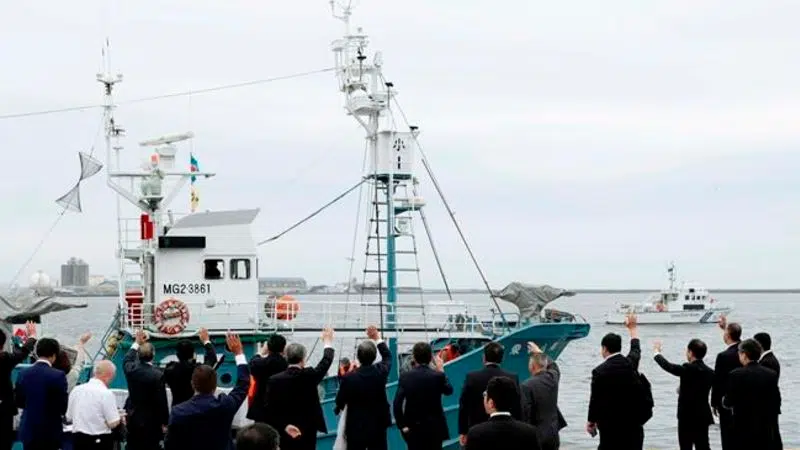
Japan resumes commercial whaling, seen as face-saving end
TOKYO — Japan has resumed commercial whaling after 31 years, meeting a long-cherished goal of traditionalists that’s seen as a largely lost cause.
Whaling boats embarked Monday on their first commercial hunts since 1988, when Japan switched to so-called research whaling, but will stay within the country’s exclusive economic waters. Japan’s six-month notice to withdraw from the International Whaling Commission took effect Sunday.
The Fisheries Agency said the catch quota through the end of this year is set at 227 whales, fewer than the 333 Japan hunted in the Antarctic in recent years. The quota for this season’s catch, planned for release in late June, was postponed apparently to avoid criticism during the Group of 20 summit that concluded over the weekend in Osaka.
As the boats left port, whalers, their families and local officials in two major whaling towns, Shimonoseki in southwestern Japan, which is Prime Minister Shinzo Abe’s electoral constituency, and Kushiro in the north, celebrated the fresh start, hoping for a safe return and a good harvest.

